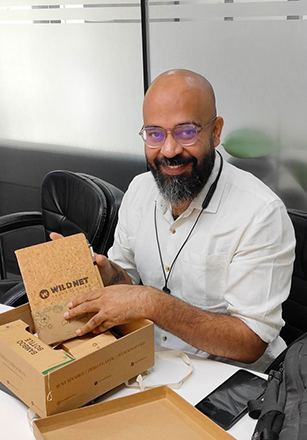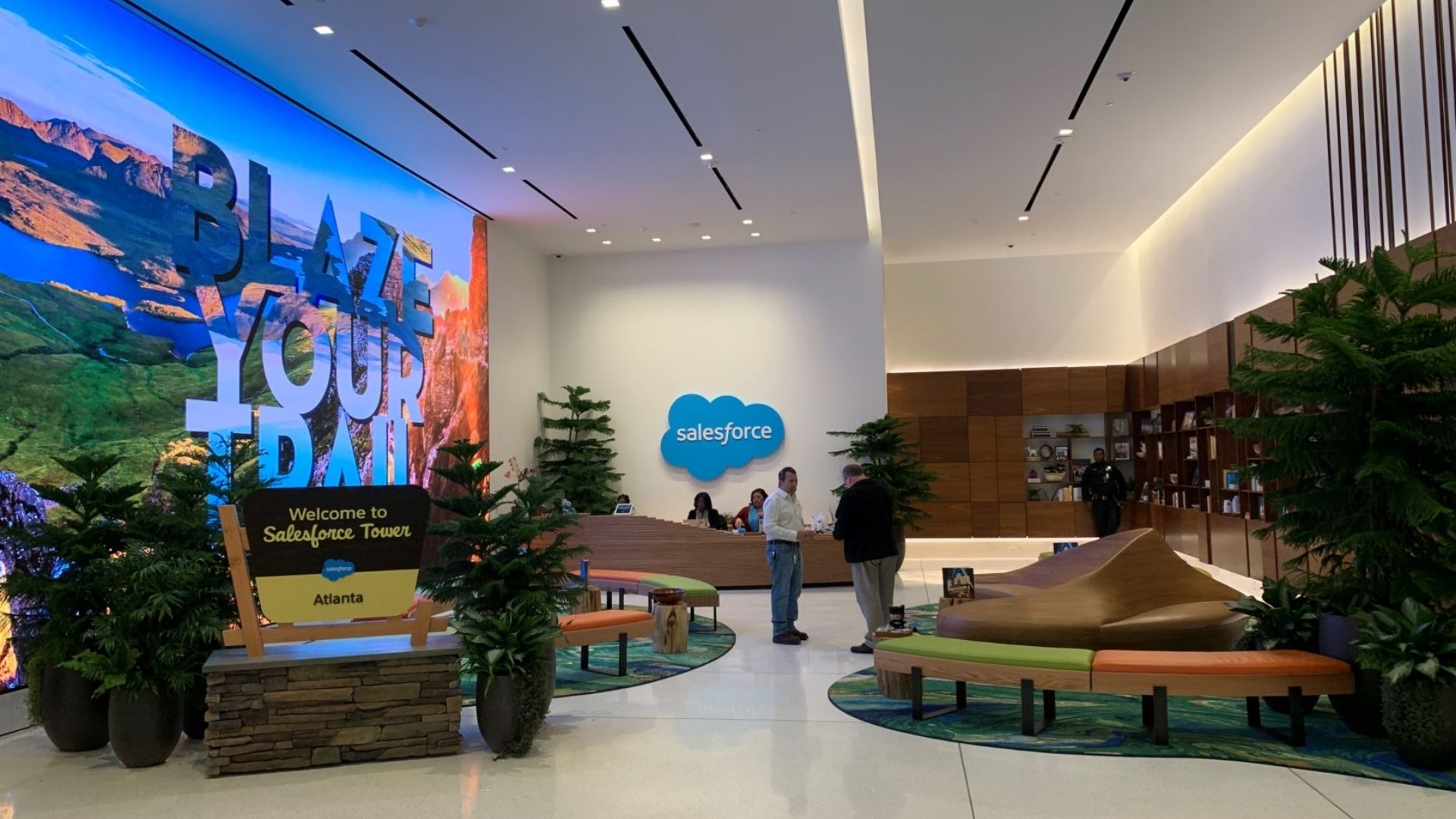I’ve always believed the future of business isn’t decided by who reacts fastest; it’s decided by who anticipates best. Decisions made after the fact are no longer enough. Today, waiting for trends to reveal themselves or problems to surface is a luxury few businesses can afford.
Too often, businesses are trapped in a cycle of reacting to events instead of shaping them. Missed opportunities, sudden risks, and unexpected disruptions are all symptoms of this reactive approach. AI Predictive Analytics is the bridge between uncertainty and action. It turns mountains of data into a lens for the future, helping you make decisions that aren’t just informed; they’re ahead of the curve.
In this post, I’ll walk you through how predictive intelligence is reshaping business decisions, and how combining it with Custom AI Agents can give your organization a decisive edge.
What Is AI Predictive Analytics, And Why It’s Not Just Forecasting
When I talk about AI Predictive Analytics, most people think of traditional forecasting, using past data to predict future outcomes. But that’s only the surface.
True predictive analytics combines machine learning, statistical modeling, and real-time data to uncover relationships and probabilities that human intuition could never detect.
Forecasting tells you what might happen. Predictive analytics tells you why it’s happening and what to do about it.
Here’s how it works in practice:
- AI systems ingest data from multiple sources: CRM, ERP, IoT sensors, or even social sentiment.
- Algorithms identify hidden relationships and leading indicators.
- The output? Actionable insights: which customers are likely to churn, which machine might fail, or where demand will spike next quarter.
That’s not just analysis. That’s foresight at scale.
The Cost of Staying Reactive
Every business has experienced this cycle: sales drop unexpectedly, and marketing rushes to adjust campaigns. Inventory piles up, and finance scrambles to manage cash flow. Customer satisfaction dips, and support teams chase damage control.
These are the symptoms of a reactive organization. The problem isn’t lack of data. Most businesses have more than they can manage. The problem is that it’s untapped and underutilized.
By the time insights reach decision-makers, the moment to act has already passed.
AI Predictive Analytics changes that. It shifts your operating mindset from reacting to what happened to preparing for what will.
The Shift: From Gut Instinct to Data-Driven Precision
In a traditional business setup, decisions often rely on experience and instinct. Valuable, yes, but not scalable or error-proof.
AI Predictive Analytics empowers leaders to make decisions based on data-backed foresight rather than reactive hindsight.
Here’s what that shift looks like across different functions:
- Sales & Marketing: Predict which leads are most likely to convert and personalize campaigns accordingly.
- Operations: Forecast supply chain disruptions before they hit your bottom line.
- Finance: Identify revenue leaks or credit risks before they escalate.
- Customer Experience: Anticipate customer needs and proactively offer solutions.
- Human Resources: Predict attrition risks and retain top performers through timely engagement.
When data becomes predictive rather than descriptive, every department becomes proactive.
How AI Predictive Analytics Works in Real Business Contexts
The power of predictive analytics isn’t theoretical. Businesses are already transforming with it:
- Retail: Retailers use AI Predictive Analytics to anticipate shopping trends, optimize stock levels, and predict product demand at a granular level.
- Finance: Banks and fintech companies deploy it to forecast credit risk, detect fraud, and manage portfolio performance in real-time.
- Healthcare: Providers use predictive models in healthcare to identify at-risk patients before symptoms worsen, saving lives and costs.
- Manufacturing: AI-powered predictive maintenance in manufacturing minimizes downtime and maximizes output.
- Real Estate: Developers use it to forecast property value fluctuations and buyer behavior.
The result is universal. In every case, the common outcome is the same: fewer surprises, smarter decisions, and stronger growth.
Making Predictive Analytics Practical
When I help businesses adopt AI Predictive Analytics, I never start with the data. I start by asking: What decisions do you struggle to make in time? Where are delays or errors costing your business the most?
Once that’s clear, the next steps become straightforward:
- Identify the Decision Point: Pinpoint the moments where reactive decisions create bottlenecks or missed opportunities, whether that’s forecasting demand, managing inventory, or anticipating customer churn.
- Define Desired Outcomes: Determine exactly what you want to predict or optimize. Without a clear goal, even the most advanced analytics can produce irrelevant insights.
- Leverage Existing Data: Map out the data you already have and identify any gaps. Predictive models are only as effective as the data that feeds them.
- Build Actionable Models: Use AI and machine learning to detect patterns and predict outcomes. These models turn historical and real-time data into foresight.
- Integrate Insights into Workflows: Predictions are only valuable when acted upon. Connect analytics outputs to business processes, dashboards, or AI agents so insights can drive timely decisions automatically.
By approaching predictive analytics this way, you transform it from a reporting tool into a decision-making engine. The shift isn’t just technical; it’s organizational. Teams move from reacting to anticipating, from guessing to knowing, and from uncertainty to confidence.
When insights are practical and integrated into daily operations, predictive analytics stops being a theoretical advantage and becomes a tangible driver of growth.
Overcoming the Adoption Barriers
Many organizations hesitate because predictive analytics sounds complex or resource-heavy. But AI has evolved. Cloud-based tools, API-driven models, and low-code platforms make predictive adoption faster and more affordable than ever.
The key is to start small. Pick one measurable use case, ensure data quality, and build from there. When teams see predictive analytics delivering real results, adoption accelerates naturally.
Transparency also matters. When people understand why AI recommends a particular action, trust grows. The goal isn’t to replace human judgment; it’s to strengthen it with intelligent foresight.
From Prediction to Action: The Role of Custom AI Agents
Prediction alone is powerful. But when predictions turn into automated actions, transformation happens.
That’s where Custom AI Agents step in.
At Wildnet Edge, we build AI agents that don’t just analyze, they act. Imagine a system that automatically triggers a restock order when demand forecasts spike, sends proactive offers to customers showing early signs of churn, or alerts your team when a supply chain anomaly appears.
These AI agents bridge the gap between knowing and doing. They transform predictive analytics into an intelligent assistant that executes insights in real-time, without waiting for human intervention.
When predictive intelligence meets autonomous action, your business doesn’t just anticipate the future, it actively shapes it.
Ready to Move From Reactive to Proactive?
Today, the competitive advantage isn’t about reacting faster; it’s about anticipating smarter. AI Predictive Analytics gives you the foresight to act before challenges arise, and when paired with Custom AI Agents, it turns insight into autonomous, intelligent action.
At Wildnet Edge, we are AI-first. That means every solution we build, from predictive models to autonomous agents, is designed to think ahead, adapt continuously, and make your business decisions smarter and faster. By embracing an AI-first approach, you’re not just keeping up with the market; you’re shaping its future.
Predictive intelligence isn’t a luxury. It’s the foundation of growth, resilience, and lasting competitive advantage. The companies that act today, guided by AI-first strategies, will lead tomorrow.

Amitesh is an expert in artificial intelligence and custom AI agent development. He focuses on creating intelligent systems that enhance efficiency, automate tasks, and support better decision-making. Known for his analytical thinking and curiosity, Amitesh enjoys breaking down complex problems and exploring innovative approaches to AI and automation. He thrives on experimenting with emerging technologies and applying them in practical ways to solve real-world challenges.
 sales@wildnetedge.com
sales@wildnetedge.com +1 (212) 901 8616
+1 (212) 901 8616 +1 (437) 225-7733
+1 (437) 225-7733






























